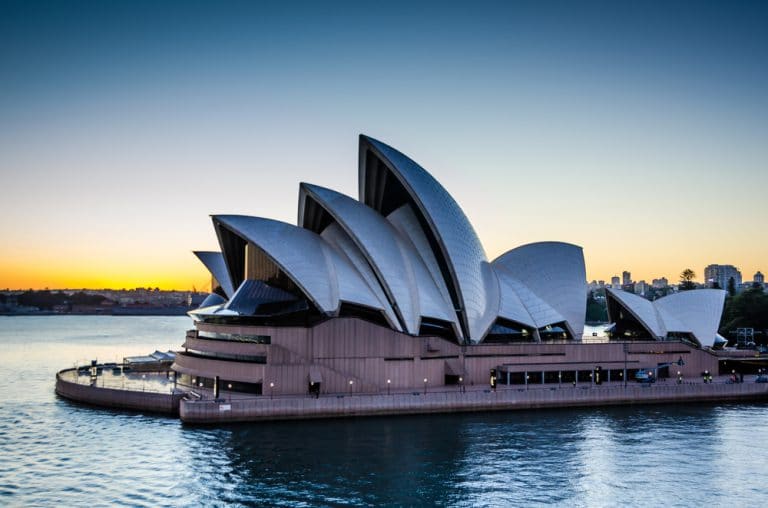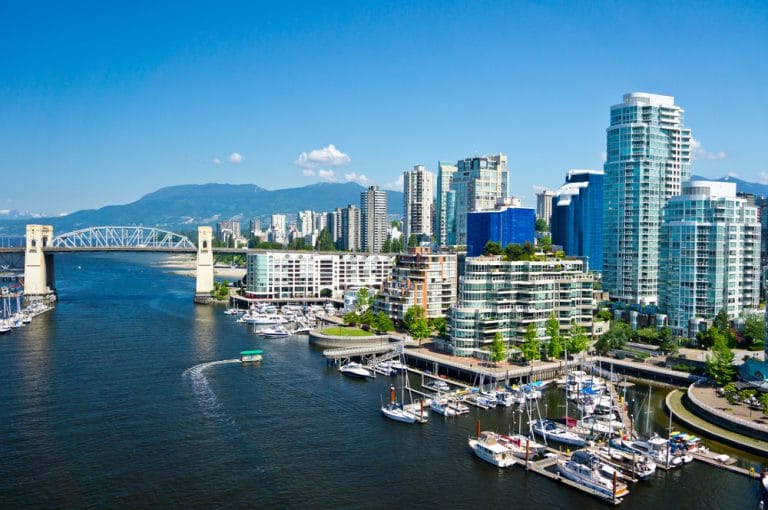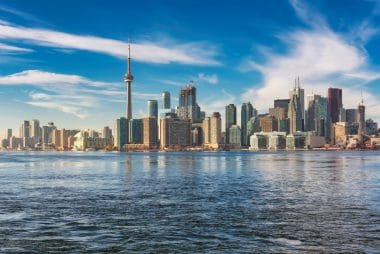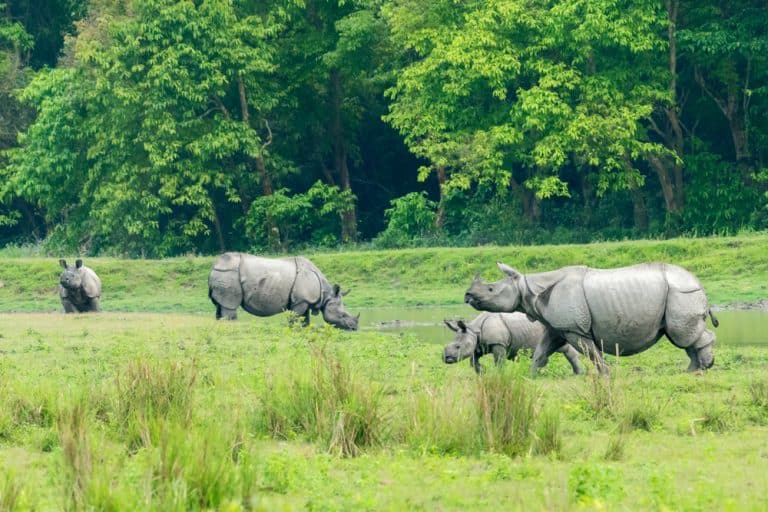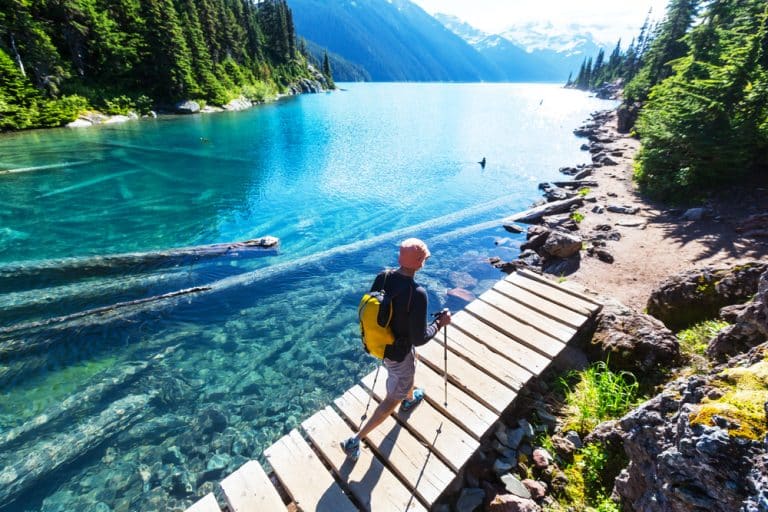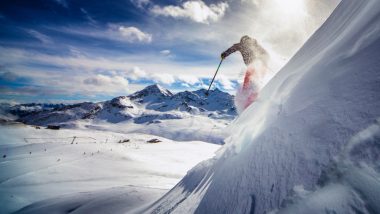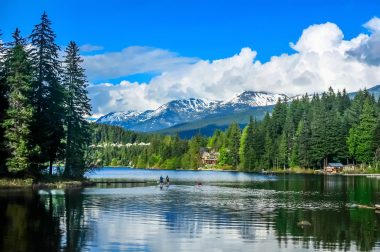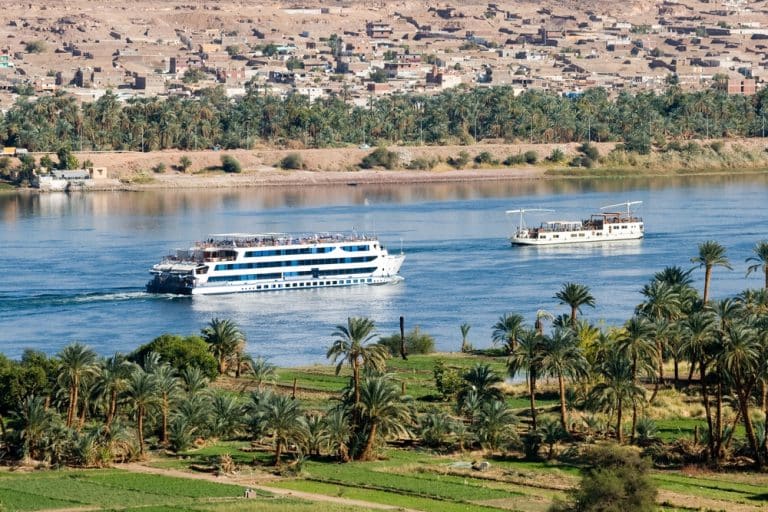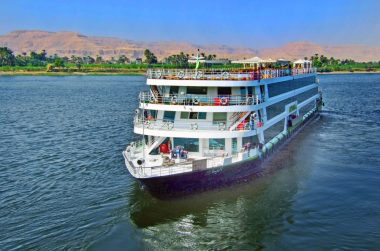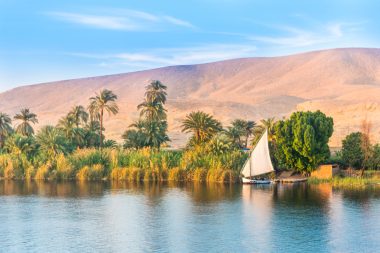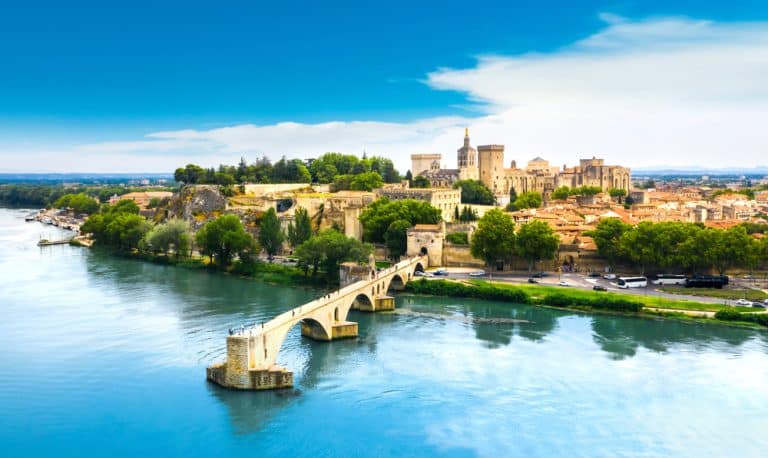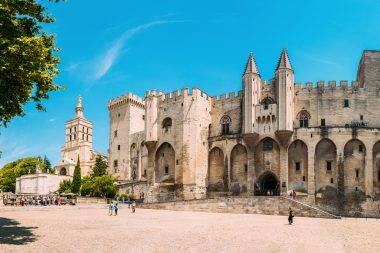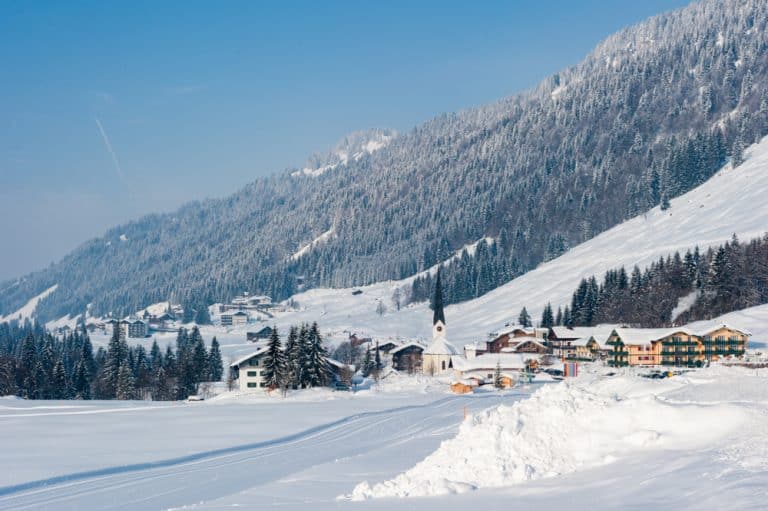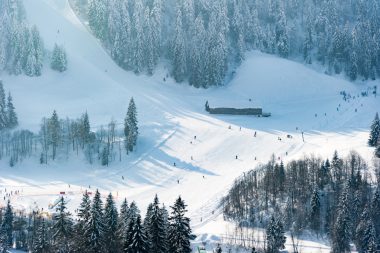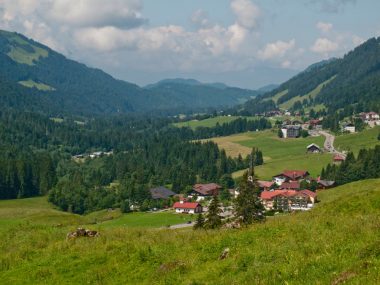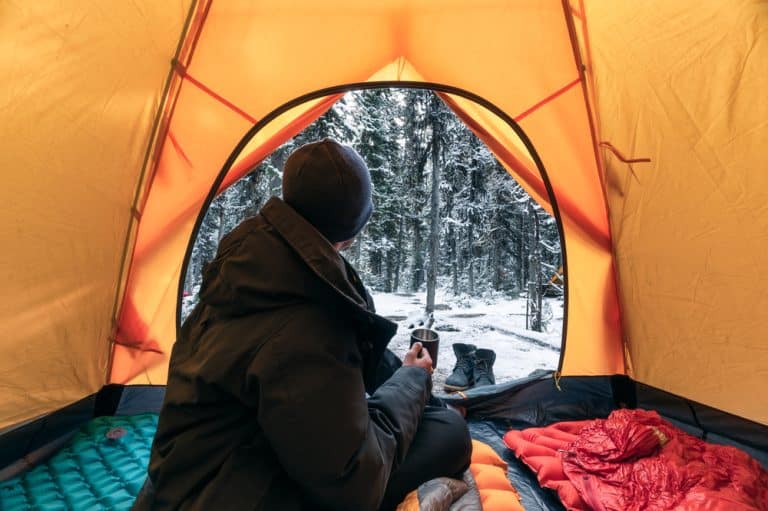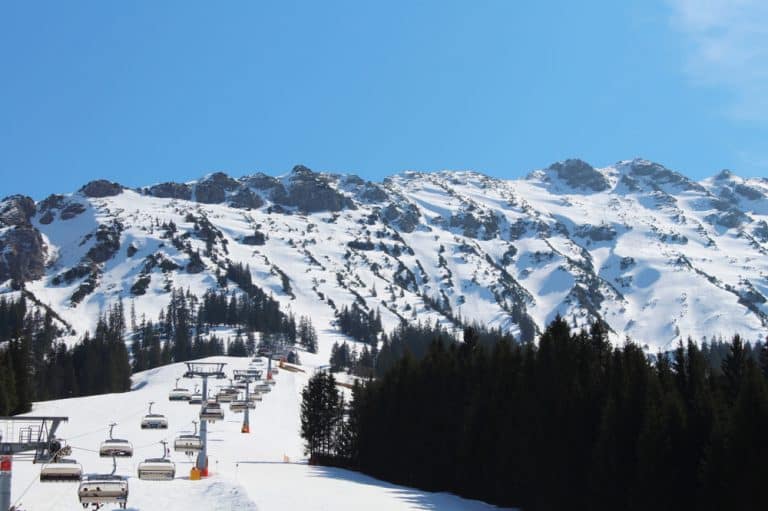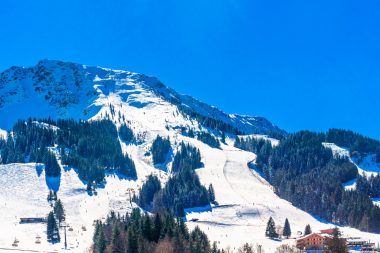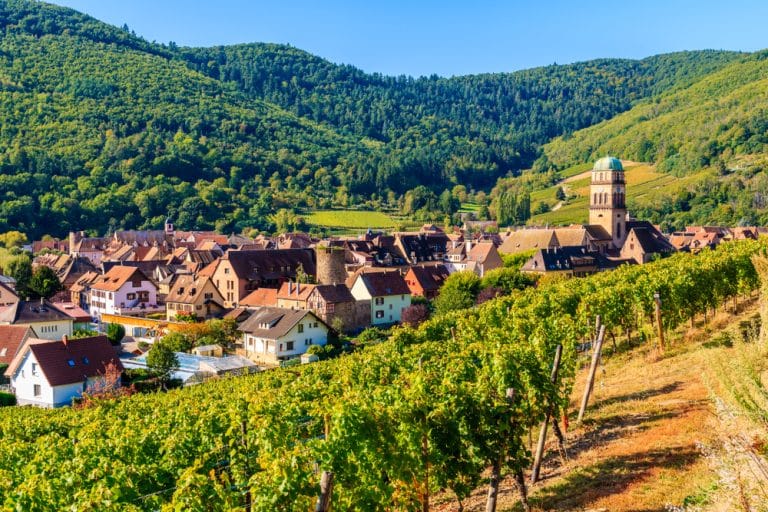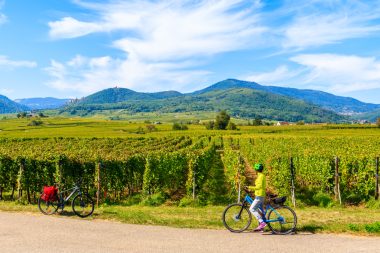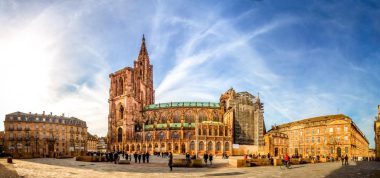First time Australia! An experience that most holidaymakers will not forget in a hurry. Unlike intra-European travel, however, a few major preparation steps are necessary. Without a visa and clever planning, the dream vacation in the outback does not work. We have summarized them, the best information and tips on how to make your Australian vacation a highlight right from the start.
When to go to Australia? All about the travel time
The best time to travel to Australia cannot be named in such a general way. The country is divided into four climatic zones and individual conditions prevail everywhere. Spring is one of the most popular travel times, especially for nature fans. But beware: everything is a little different in Australia , spring here means the time from September to November. Summer begins in December and continues into February. It can get very warm here, especially in the tropical regions, a holiday is now difficult. If you don’t like it too warm, travel to Australia in winter between June and August. On average, between 10 and 20 degrees are to be expected.
Lifted off: The flight to the outback
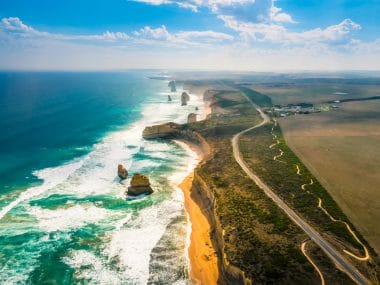
Around 24 hours of flight time await travelers who want to spend their vacation in Australia. It is worthwhile to book through a reputable provider and use TravelEssence for Austrian air travel , for example. High-quality airlines guarantee an optimal holiday process, from arrival to return home.
During the long flight, it makes sense to focus on employment. Books, podcasts or even several films and series for binge watching pass the time. To prevent thrombosis, it is important to get up from your seat once in a while and walk around the plane. This is allowed as soon as the corresponding symbol appears above the seat.
Visa for Australia – there are different options
A visa is required for most foreign travelers, but there are different types. They vary depending on the nationality and the purpose of the stay. Here is a small overview:
- Tourist: For travellers who wish to travel to Australia temporarily to take a holiday, visit friends and family, or take part in a short course or study trip. This visa can be applied for online and is usually valid for up to 3 months. You need a passport that is valid for at least 12 weeks.
- Work permit: For visitors to the country who want to work or study in Australia to improve their professional skills. There are different types of work visas, depending on the type of employment and the employer’s requirements.
- Student: Suitable for young people who want to study in Australia. This visa usually requires enrollment at an Australian educational institution and is valid for the duration of your studies.
Applying for the visa on time is essential, as processing times can vary. Today, the classic tourist visa can even be applied for online and is available within a very short time. Australians are strict about entry. Those who cannot show a visa will not be allowed into the country.
Conclusion: Good preparation for the trip to Australia
A holiday in Australia is a very special event. Good preparation is the be-all and end-all, because only those who plan carefully can fully look forward to their time in the outback.


